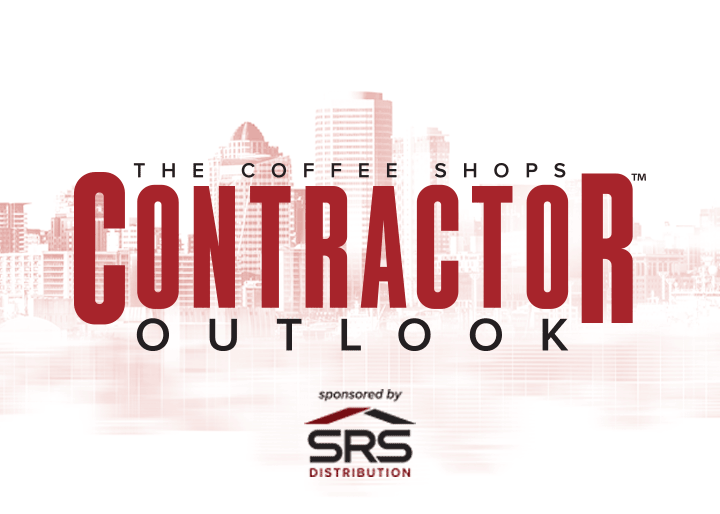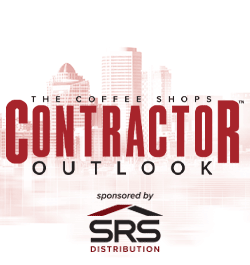UP TO THE MINUTE
Sales forecasting and pipeline management
October 8, 2025 at 6:00 a.m.By Cotney Consulting Group.
Revenue growth starts by knowing where you stand today and what’s coming tomorrow. That doesn’t happen by accident.
The most successful companies know growth isn’t just about chasing more jobs. It’s about knowing which jobs are coming, which ones are worth pursuing and what your pipeline will deliver in revenue. Forecasting and pipeline management are two of the most valuable tools in a professional’s business toolkit. When used well, they take you from flying blind to building predictable momentum. When ignored or mismanaged, they can leave you overextended, understaffed and guessing about what comes next.
Forecasting starts with understanding your sales potential. It’s not just about hoping deals will close. It’s about looking at your historical win rates, tracking the stages of current bids and applying logic to what’s likely to land. Profesisonals who forecast well know what’s in the pipeline, when it will hit and what the revenue curve will look like over the next 30, 60 or 90 days. That clarity helps you prepare your crews, manage cash flow and make better workload and resource allocation decisions. But for the forecast to mean something, you need solid pipeline management underneath it.
A pipeline is more than a list of leads. It’s the heartbeat of your sales engine. Each opportunity in your pipeline should have a clear status, expected value, close probability and next step. Professionals who run their business from a gut feeling instead of a managed pipeline often find themselves with a false sense of security. They think work is coming in, but haven’t tracked what’s viable or when it will close. Strong pipeline management means identifying real opportunities, eliminating dead leads and staying disciplined about updates. It’s not glamorous work, but it’s what separates steady growth from sporadic success.
When forecasting and pipeline management work together, the impact is immediate. You start making smarter decisions with your estimating team. You understand when to lean into marketing efforts and when to pull back. You can shift focus to higher-margin work when volume slows or double down on bidding during peak season. Companies that understand their numbers are better prepared to adapt. They don’t panic when a big job falls through, because they’ve already accounted for risk in the pipeline. They don’t overhire when demand spikes, because their forecast tells them whether the surge is real or temporary.
Technology can help, but only if the inputs are consistent. CRM platforms and sales tracking software can generate beautiful dashboards, but if your team isn’t updating stages or logging follow-ups, you’re just creating a false sense of certainty. Forecasting tools are only as good as the data you feed them. That’s why training your team matters. Everyone involved in sales, estimating or project management should understand how the pipeline works and why forecast accuracy matters. The more disciplined your inputs, the more confident you’ll be in your numbers, which translates into better strategic choices.
It also helps with internal alignment. When your sales and marketing teams are on the same page, marketing efforts become more effective. Instead of casting a wide net, your marketing team can focus on generating leads in markets or services where the pipeline is thin. Your sales team can then intentionally pursue those leads, knowing exactly how they fit into the broader picture. That alignment drives stronger conversion rates, faster close times and better revenue predictability.
Of course, the market isn’t static. Customer buying habits shift. Competitors change tactics. Weather patterns throw off job starts. That’s why forecasting isn’t a once-a-year exercise; it’s a constant review process. Competent professionals revisit their forecasts regularly, adjusting for known variables and updating based on pipeline activity. Staying agile means you’re not locked into assumptions that are no longer true. It also helps you spot warning signs early, like a sudden drop in high-quality leads or a lag in signed contracts, so you can take corrective action before a slowdown hits your cash flow.
If you want to run a better business, you can’t afford to wing it on revenue. Strong forecasting and pipeline management allow contractors to plan with intention instead of reacting under pressure. These aren’t just sales functions; they’re leadership tools. They let you set realistic goals, build achievable budgets and keep your team accountable. They allow you to confidently communicate with your field crews, suppliers, financial partners and clients.
Revenue growth starts by knowing where you stand today and what’s coming tomorrow. That doesn’t happen by accident. It happens when you treat your pipeline as a priority and your forecast as a living document. Contract work may always come with some uncertainty, but your sales process shouldn’t be one of them. If you want to hit your targets, manage risk and build a stronger company, it’s time to get serious about how you forecast and manage your pipeline.
Learn more about Cotney Consulting Group in their Coffee Shop Directory or visit www.cotneyconsulting.com.






















Comments
Leave a Reply
Have an account? Login to leave a comment!
Sign In